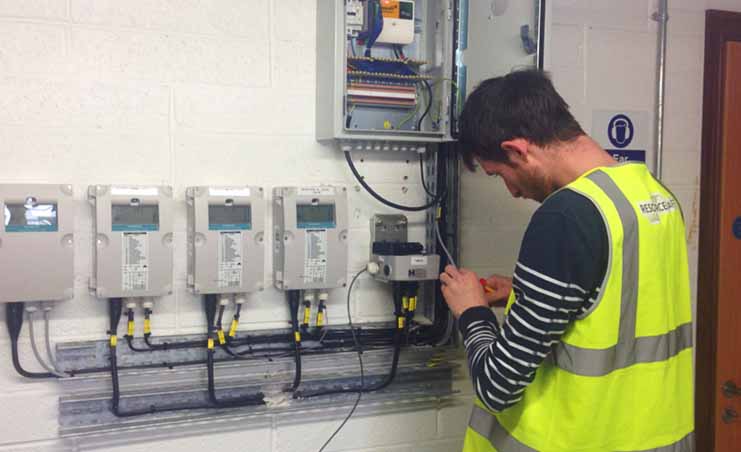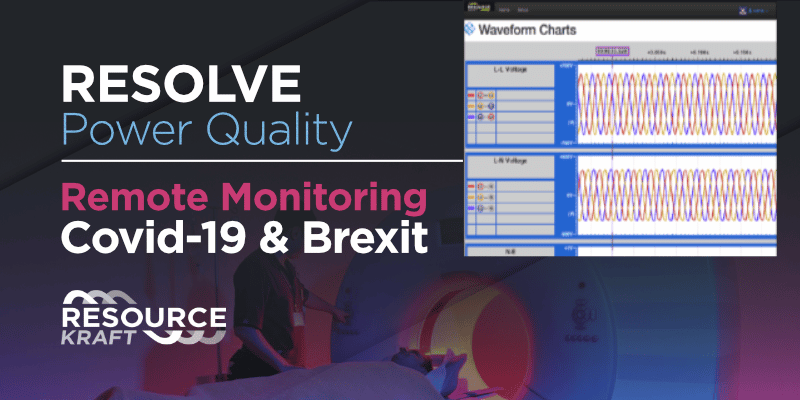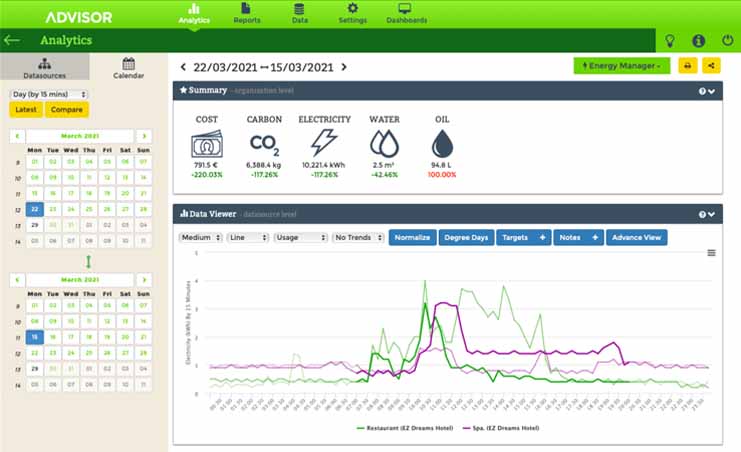Ireland is currently the 2nd worst performing country in Europe when it comes to tackling greenhouse gas emissions and our carbon footprint.
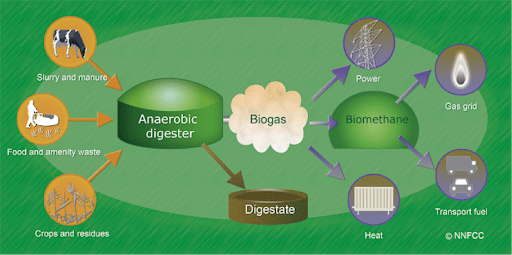
Only about 9% of our energy is coming from renewable sources. With the prospect of hefty fines on the horizon from the EU for not meeting our 2020 carbon reduction target of 20%, there is a growing need to reduce our emissions quickly and efficiently.
Anaerobic Digestion is one process in which we can increase our renewable output and indirectly we could solve a huge issue of food wastage throughout Ireland (500,000 tonnes per year). This process is performed in a large tank which is deoxygenated called an Anaerobic Digester.
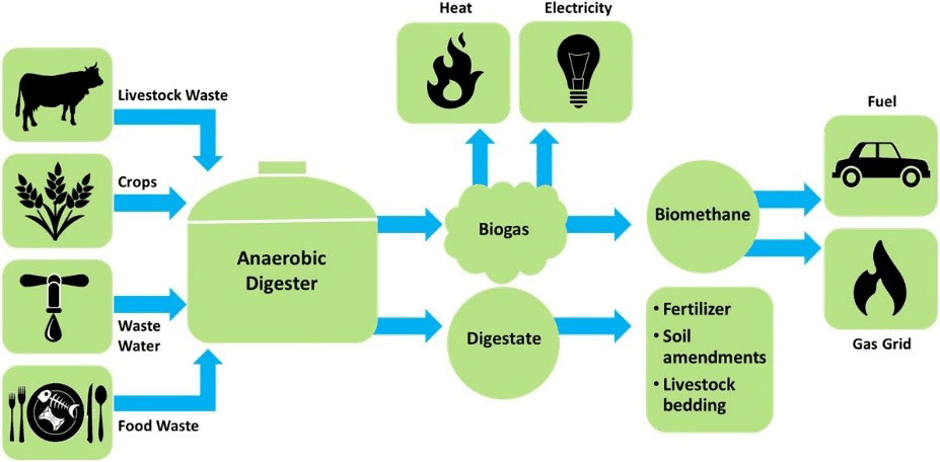
It uses agricultural waste, food waste, organic matter and human slurry which is organically decaying in the tank at a controlled temperature to produce a bi-product called biogas. This biogas made up mainly of methane can be used in CHP plants to produce heat and electricity. The biogas can be upgraded to biomethane, which can be transported to the grid and used as gas and a renewable fuel source. Another bi-product of this process is the “sludge/digestate” which can be used to fertilize soil.
This process could significantly lower our emissions and in turn, provide a new renewable and sustainable energy source as we look to meet our EU targets.
To discuss any of the information outlined above, contact us by clicking below and request to speak to one of our specialists.



